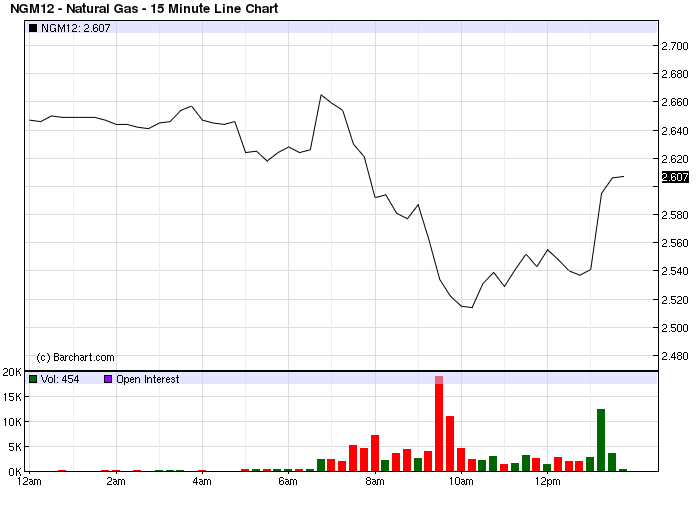Do Commodity ETFs Deserve A Place In Your Portfolio
Post on: 22 Июнь, 2015 No Comment

The deflationary price action of commodities over the last several years has brought into question whether investments such as gold, oil, or agriculture deserve a place in your investment portfolio. Many of these asset classes are traded on futures exchanges, but are easily accessible in a highly liquid and relatively low-cost exchange-traded fund.
The physical act of investing in commodities is easy. You can purchase a single asset class such as the United States Oil Fund (USO ) or a diversified basket such as the iPath Dow Jones UBS Commodity Total Return ETN (DJP ). Either way, you are going to get instant exposure to the daily price fluctuations of the underlying commodity index.
The real question isn’t how to access or what commodity is best to invest in — but whether they are appropriate given the risks and rewards that you assume. Examining factors such as risk tolerance, investment goals, tax implications and qualitative drivers of price action should be primary concerns when considering an allocation to the commodity sector.
Commodities have always been known as an asset class that moves cyclically with inflationary or deflationary pressures. Advocates of having exposure to gold, oil, or food staples will likely cite the benefits of these investments when consumer prices are rising. However, during period of stagnant growth, low global demand, or obvious deflationary pressures — these same asset classes are going to find themselves sliding lower.
Commodities are considered a non-correlated asset class, meaning they won’t move in lock step with traditional stocks or bonds. They are going to be susceptible to their own cyclical price action rather than follow a predictable pattern. This can be a good thing if your goal is to widen your portfolio diversification to include the greatest number of investable assets. However, it can also drag on returns and be hard to manage during periods when other asset classes are rising.
Most investors likely have a stronger comfort level with understanding how stocks and bonds function. As a result, they may find themselves unable to comprehend the fickle nature of commodity markets. This is particularly true when unforeseen factors such as weather or political wrangling can make a significant impact in price trends.
Tax implications are another important factor to consider as well. Many commodity-related ETFs are structured as limited partnerships rather than a traditional trust. For example, in the aforementioned USO, shareholders will receive a K-1 for their proportional share of profits that don’t correspond to the direct gains or losses in the investment itself. This can be a frustrating and sometimes unexpected tax headache that must be dealt with on your individual return.
Many times these tax implications can be avoided by investing in a comparable exchange-traded note. The iPath S&P GSCI Crude Oil Total Return ETN (OIL ) may be an appropriate substitute for USO in this example that won’t incur a K-1 at the end of the year. However, there are also several unique aspects to an ETN that you should be aware of as well.
Once you understand these opportunities and risks — you should closely evaluate your investment goals. If you are primarily a conservative investor that is seeking modest capital appreciation and income from your portfolio, then commodities may not fit your criteria. They don’t pay any yield and may detract from other available dividend-oriented opportunities.
On the flip side, if your investment criteria demands long-term growth with concerns about fighting global inflation, then commodities may make sense in the context of a well-diversified and balance strategy. As a potential benchmark for your overall exposure, the Cambria Global Asset Allocation ETF (GAA ) has a 7% allocation to broad-based commodities. This ETF invests in a wide array of stocks, bonds, and commodities with the objective being a representative global market portfolio.
The bottom line is that any exposure to commodities should be undertaken with great care to understand the applicable impact to your unique investment situation. Self-examination of how you benchmark your returns and your risk tolerance should be of greater importance than catching the next 10% move in the SPDR Gold Shares ETF (GLD ).
As always, having a disciplined investment approach and implementing it decisively will ultimately produce superior results.














